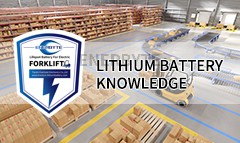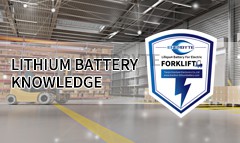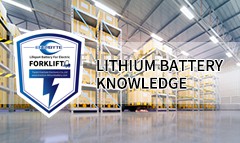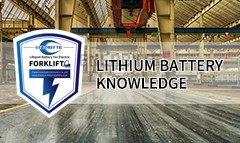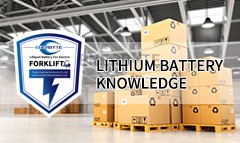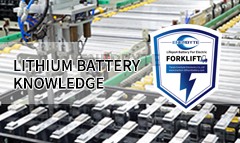Power lithium-ion batteries are widely used, not only for new energy electric vehicles, but also for supplying power to electric trains, electric bicycles, and golf carts. However, many people do not understand what materials are used for power lithium-ion batteries. Below, technicians from ma...

 Service hotline
Service hotline 